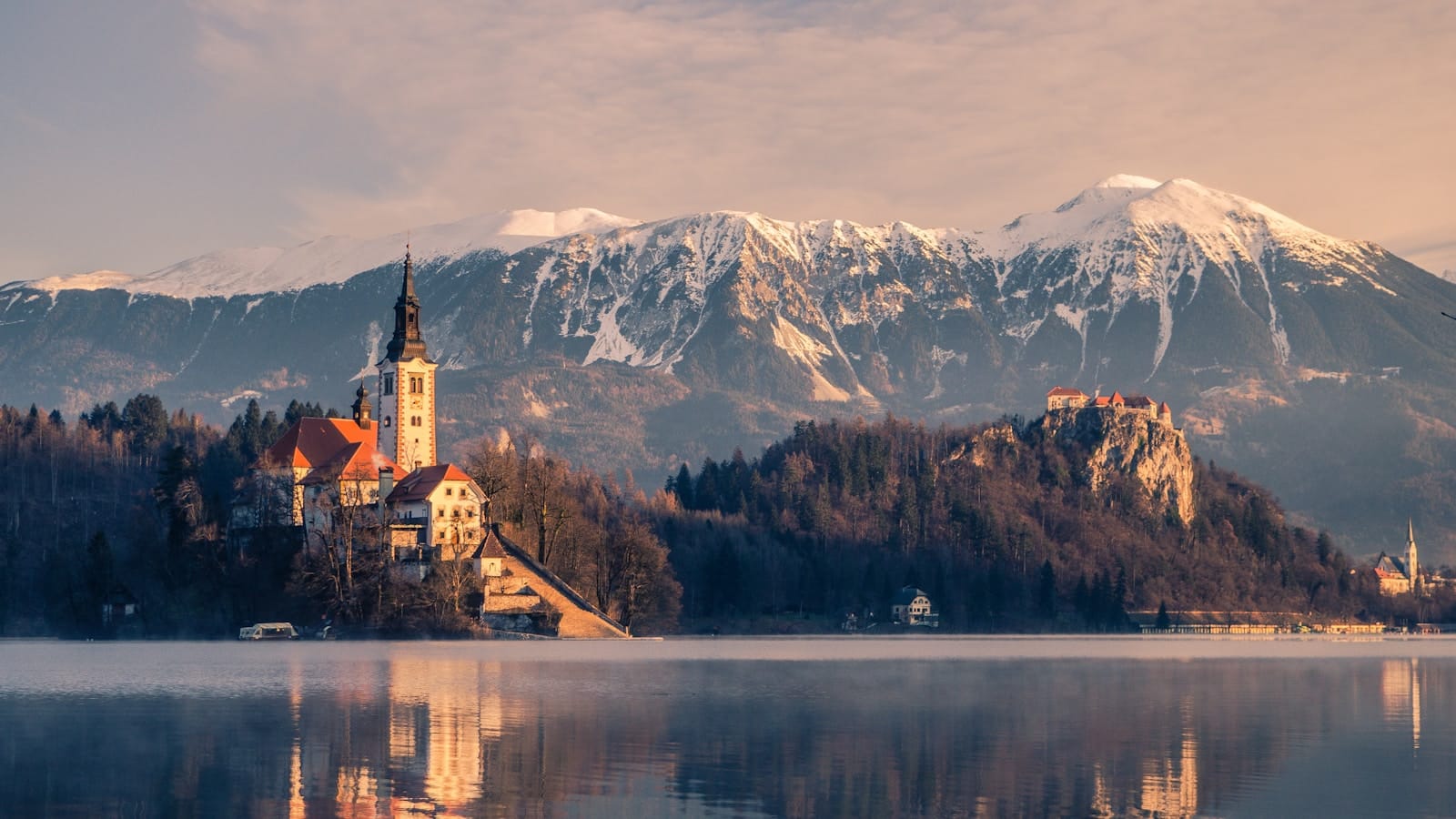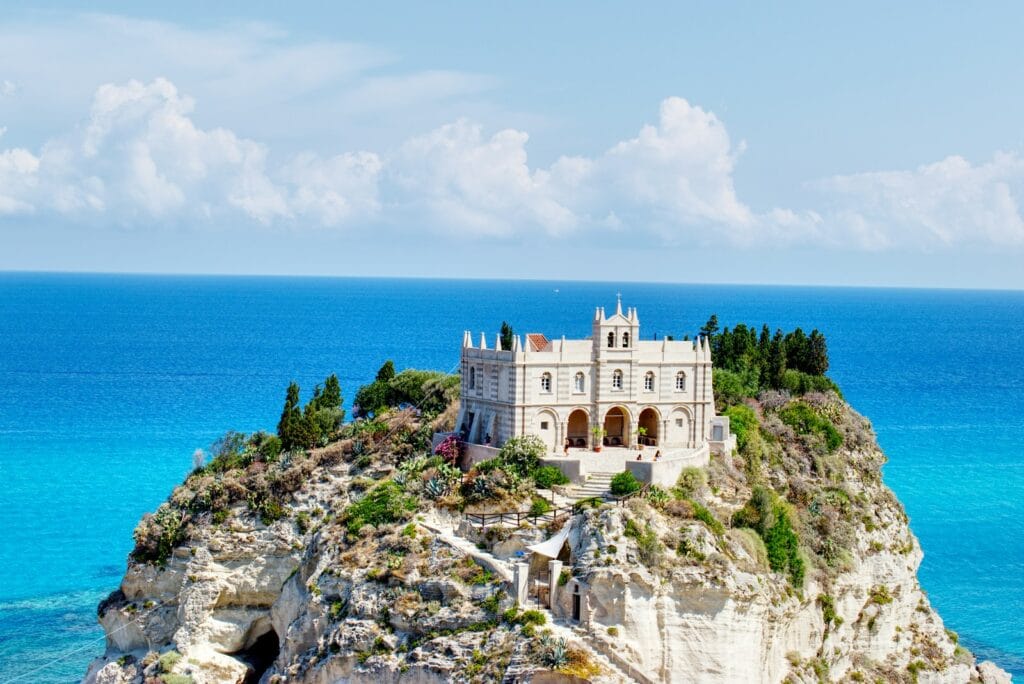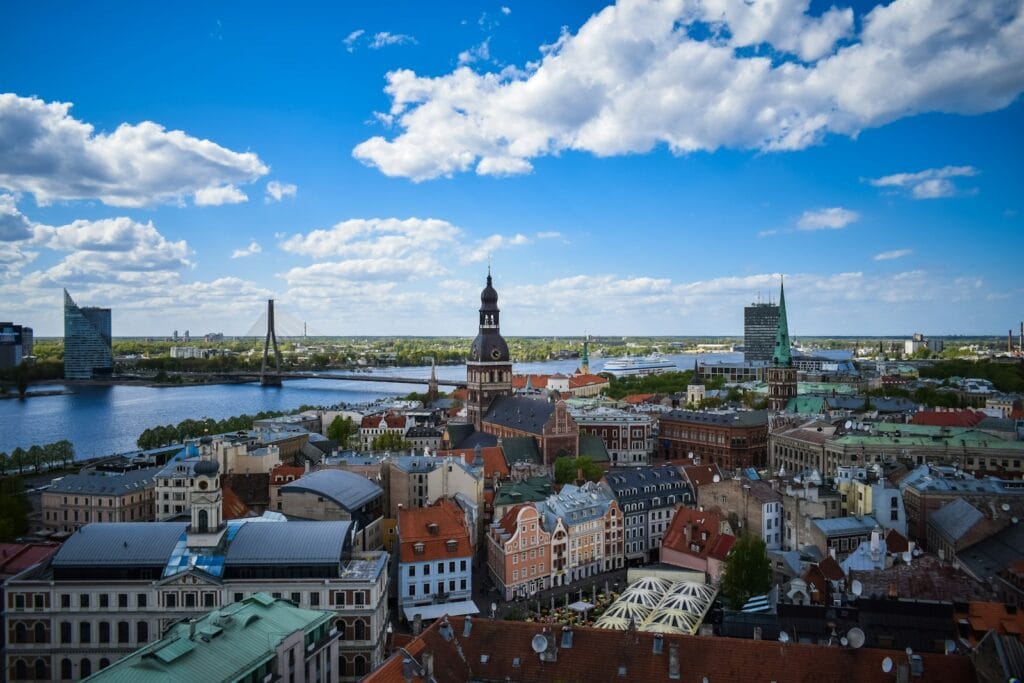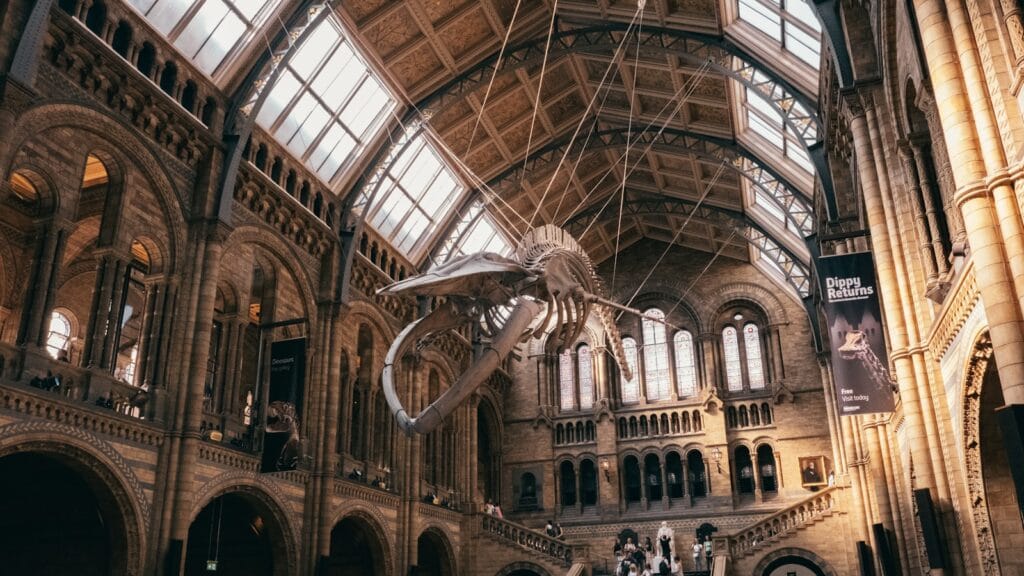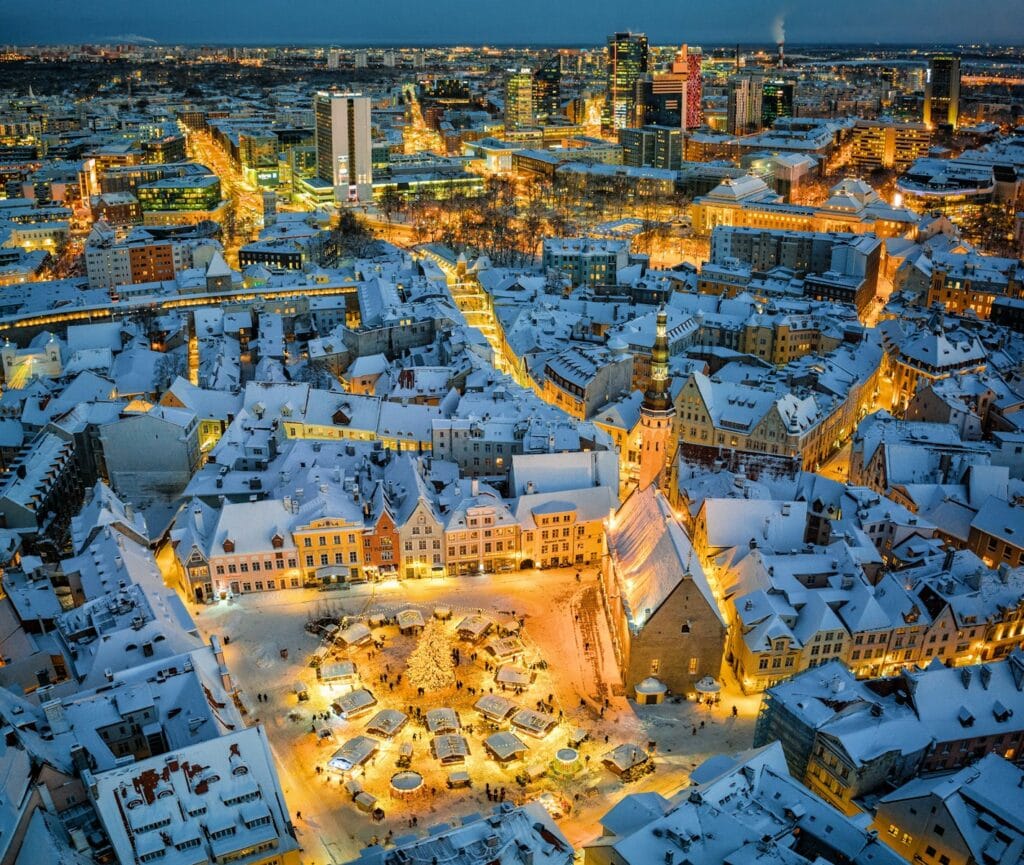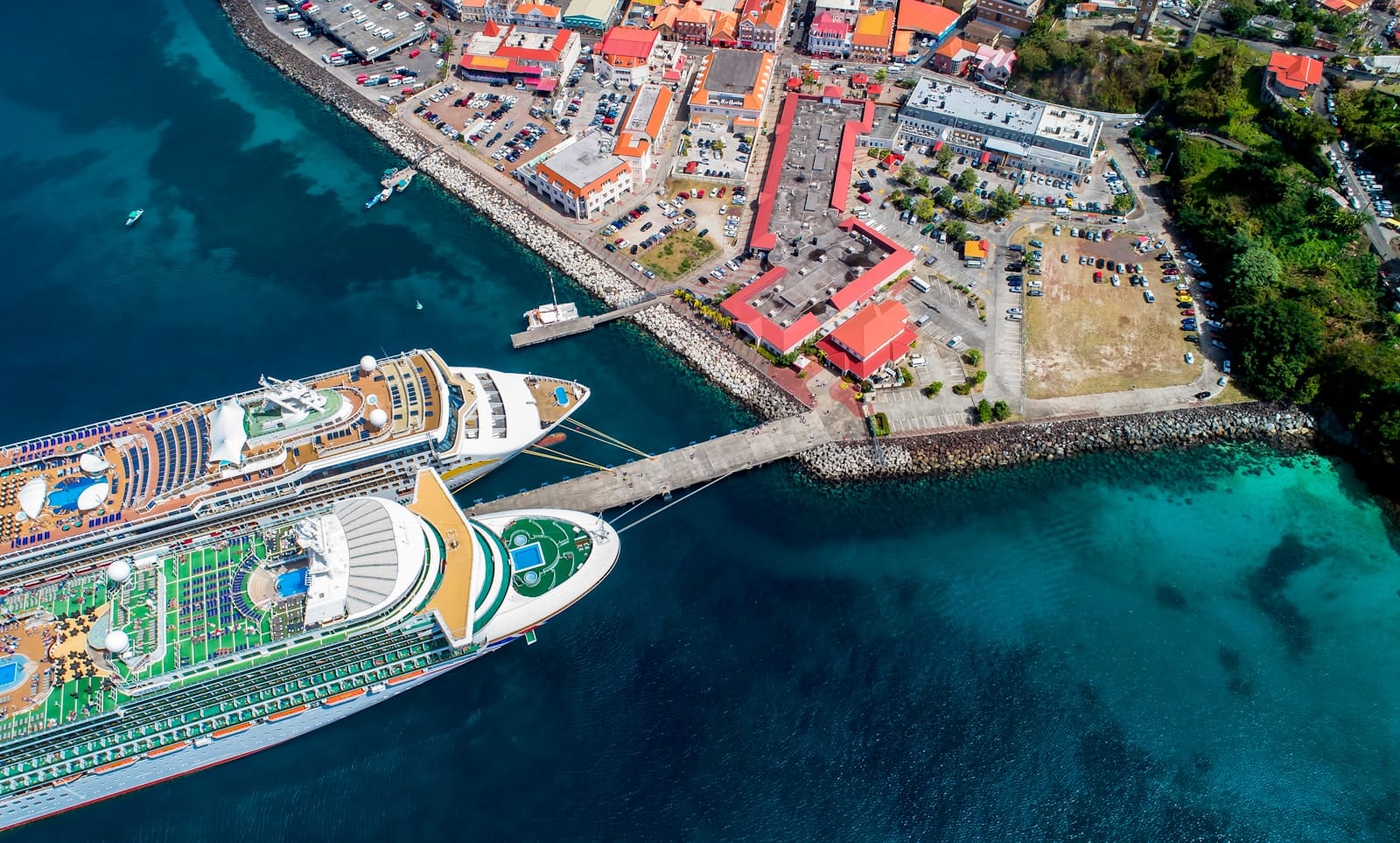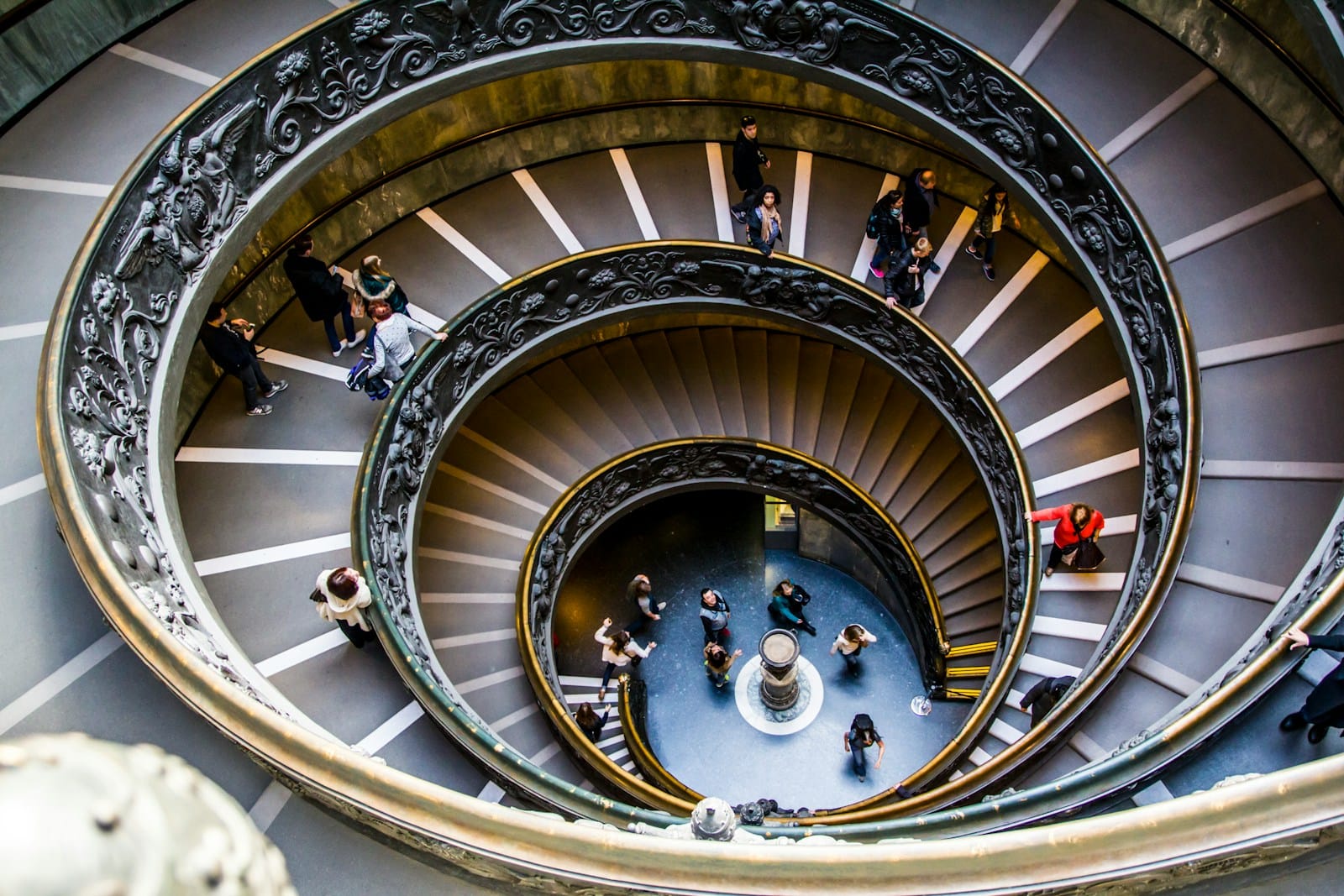Slovenia Travel Guide – Best Attractions and Day Trips
Intro to Slovenia Travel Guide
Slovenia is a compact, captivating country where snow-capped Alps meet Adriatic breezes, and medieval castles hover above emerald lakes. With a culture that blends Slavic roots, Mediterranean flavor, and Central European elegance — plus world-class food, eco-conscious travel, and wallet-friendly prices — this is one of Europe’s best-kept secrets.
Start planning your adventure with our complete Slovenia tours — full of expert tips, region-by-region highlights, and ideas to explore everything from Triglav peaks to coastal vineyards.
Exploring Slovenia
Carniola | Carinthia | Coastal–Karst | Inner Carniola | Lower Carniola | Prekmurje | Savinja | Slovenian Istria | Styria | Upper Carniola | White Carniola
💡Quick Facts:
Destination: Slovenia
Continent: Europe
Country: Republic of Slovenia
Area: 20,273 km² (7,827 mi²)
Population: ~2.1 million (2025 est.)
Capital: Ljubljana
Regions/Subregions: Alpine, Mediterranean, Pannonian, Dinaric
Languages: Slovene (official); Italian and Hungarian regionally
Currency: Euro (EUR)
Time Zone: UTC+1 (CET), UTC+2 (CEST in summer)
Airports: Ljubljana Jože Pučnik Airport (LJU), Maribor Edvard Rusjan (MBX), Portorož (POW)
Climate: Alpine in the north, Mediterranean along the coast, continental inland
Known For: Lake Bled, Triglav National Park, Postojna Cave, Škocjan Caves (UNESCO), wine regions
Religions: Predominantly Roman Catholic
🛂Arrival Info:
EU/EEA and many countries enjoy visa-free entry (90 days in 180).
Part of Schengen Zone: single visa covers Slovenia and neighboring states.
No entry/exit fees; land borders with Italy, Austria, Hungary, Croatia.
Official info: Slovenia Ministry of Foreign Affairs
🏥Health Info:
No mandatory vaccines; recommended: routine + Hepatitis A.
High-quality healthcare; EU visitors accepted under EHIC.
Tap water is safe nationwide.
Emergency care widely available; mountain rescue strong in Alpine areas.
Official: NIJZ National Institute of Public Health
🚑 Check travel insurance options for travel emergencies, delays, and medical needs abroad — Get coverage here
💉 Stay Informed with Official Updates: WHO – International Travel & Health | CDC – Travel health updates
🚨Travel Advisory:
Overall Safety: Slovenia is very safe with low violent crime.
Crime: Petty theft may occur in tourist hubs (Ljubljana, Bled) or on public transport.
Scams: Overpriced taxis and rental deposit disputes occasionally reported.
Weather Risks: Alpine areas subject to avalanches in winter and flash floods in spring/summer.
Civil/Political: Protests are rare and peaceful. LGBTQ+ rights are legally protected (same-sex marriage legalized 2022).
🌍Track Real-Time Official Updates: US Travel Advisory | UK Foreign Travel Advice | Government of Canada | NZ SafeTravel
🥳Holidays:
Prešeren Day (8 Feb, cultural holiday)
Easter Sunday & Monday (movable)
Labour Day (1–2 May)
Statehood Day (25 June)
Assumption of Mary (15 Aug)
All Saints’ Day (1 Nov)
Christmas Day (25 Dec) & Independence/Unity Day (26 Dec)
Source: Government of Slovenia
💰Visitor Info:
Currency: Euro; cards widely accepted.
Tipping: rounding up is common, 10% appreciated.
Daily budget: Budget €50–70, Mid-range €100–180, Luxury €250+.
Tourist tax: ~€1.50–3.00 per person/night depending on municipality.
🛫Airports:
Ljubljana Jože Pučnik Airport (LJU): Main international hub, ~25 km from the capital
Maribor (MBX): Regional, limited flights.
Portorož (POW): Small coastal airport, private/seasonal.
Transport: buses and shuttles link LJU to Ljubljana (30 min).
🧳 Delayed or canceled flight? Check if you’re eligible for compensation
🚍Transport:
Trains connect major towns and into Austria, Italy, Croatia, Hungary.
Extensive bus network; reliable and affordable.
Driving: right-hand traffic; IDP required if non-EU.
Cycling routes growing, especially around Lake Bled, Ljubljana.
Official: Slovenian Railways
🚗 Book reliable airport transfers and in-city rides in advance. Reserve your ride here
🛰️Connectivity:
SIM/eSIM widely available; main carriers: Telekom Slovenije, A1, Telemach.
4G/5G coverage extensive; free Wi-Fi in city centers and hotels.
Power plugs: Type C & F, 230V/50Hz.
🛜 Stay connected abroad with affordable eSIM data packs. Get your eSIM here
📜Laws & Etiquette:
Legal drinking age: 18.
Smoking banned in restaurants and public indoor spaces.
National parks: stick to marked trails, fines for littering.
Respect quiet hours in villages; greetings are polite formalities.
Drones require registration with Civil Aviation Authority.
👮Emergency Info:
Emergency: 112 (all services)
Police: 113
Official tourism: Slovenia.info
🗺️US/UK Embassies Abroad: US Embassies | UK Embassies
🏛️ Embassy locator tools: Embassies Worldwide
🌞Weather:
Winter (Dec–Feb): Alpine ski season; 0°C avg, heavy snow in mountains.
Spring (Mar–May): Mild, blooming countryside.
Summer (Jun–Aug): Warm 20–30°C; peak for lakes, hiking, coast.
Autumn (Sep–Nov): Wine harvest, cooler and wetter.
Rainfall moderate year-round; highest in autumn.
Official: Slovenian Environment Agency
🌦️ Stay prepared—check the weather forecast for your destination — Weather Forecast
Slovenia by Region – Where to Go
Slovenia’s small size makes it easy to explore several regions in one trip — from lakes and caves to coast and capital.
Ljubljana & Central Slovenia
Slovenia’s capital is a green, walkable city filled with Baroque buildings, riverside cafés, and lively markets. Nearby, you’ll find hiking trails, medieval castles, and easy day trips to lakes and wine hills.
Julian Alps & Upper Carniola
This mountainous northwest region includes Lake Bled, Lake Bohinj, and Triglav National Park — perfect for hikers, cyclists, and nature lovers. Bled’s fairy-tale island and Bohinj’s wild beauty are must-visits.
Soča Valley & Western Slovenia
A playground for white-water rafting, canyoning, and WWI history. The emerald Soča River is a hub for adventure sports, while towns like Kobarid and Tolmin offer mountain hospitality and open-air museums.
Karst & Coastal Region (Primorska)
Where limestone caves, wine trails, and seaside towns await. Highlights include the Škocjan and Postojna caves, Lipica horse farms, and the Venetian-style town of Piran on the Adriatic coast.
Eastern Slovenia (Styria & Prekmurje)
Rolling hills, thermal spas, pumpkin seed oil, and charming towns like Ptuj and Maribor. A great region for wine lovers, foodies, and slow travel in the countryside.
Lower Carniola & Southeast
Forests, rivers, and sleepy villages define this less-visited region. Head to Novo Mesto or Kočevje for river rafting, bear-watching, and quiet hiking trails.
Top Places to Visit in Slovenia
From medieval towns to mountain trails and turquoise lakes, Slovenia’s compact geography packs a huge punch.
Lakes & Mountains
- Lake Bled: Iconic with its island church, cliffside castle, and rowing boats. A must for first-timers.
- Lake Bohinj: Wilder and less touristy than Bled — ideal for swimming, kayaking, and alpine hikes.
- Triglav National Park: Slovenia’s crown jewel, full of waterfalls, glacial valleys, and alpine peaks.
Historic & Cultural Towns
- Ljubljana: A green capital with a castle, outdoor cafés, bridges, and a youthful energy.
- Ptuj: Slovenia’s oldest town, with Roman ruins and carnival traditions.
- Piran: Coastal charm, red-tiled roofs, and salty sea breezes in a small Venetian-style town.
Caves & Natural Wonders
- Postojna Cave: Ride a mini train through underground chambers of stalactites and strange life forms.
- Škocjan Caves (UNESCO): More dramatic and less touristed than Postojna — with dizzying underground canyons.
- Vintgar Gorge: Just outside Bled, a wooden boardwalk over turquoise water and waterfalls.
Outdoor Adventure Areas
- Soča Valley: White-water rafting, ziplining, hiking, and WWI history.
- Kranjska Gora: A winter resort and summer hiking base with mountain lakes and alpine scenery.
How to Choose Where to Go in Slovenia
Because it’s so easy to get around, planning Slovenia is about choosing your themes, not choosing one place over another.
- For city + culture: Start with Ljubljana and add Ptuj or Škofja Loka
- For lakes + hiking: Pair Bled + Bohinj + Triglav National Park
- For wine and wellness: Head to Maribor, Jeruzalem Hills, or Podčetrtek
- For adventure sports: Explore the Soča Valley
- For sea views + caves: Combine Piran + Postojna or Škocjan
Efficient combos:
- Ljubljana + Bled + Bohinj (ideal 5-day trip)
- Ljubljana + Piran + Karst caves (culture + coast)
- Maribor + Ptuj + Jeruzalem (east for wine and tradition)
How to Get Around Slovenia
Slovenia’s public transport is solid, and distances are short — but for rural and alpine regions, a car gives the most flexibility.
- Trains: Connect major cities like Ljubljana, Maribor, and Koper. Scenic but not fast.
- Buses: Good coverage nationwide — especially to smaller towns and rural areas.
- Car Rentals: Ideal for Triglav, Soča Valley, Karst, and wine regions. Roads are well-maintained.
- Biking: Excellent for Bohinj, Ljubljana, and countryside villages.
- Taxis & Apps: Limited outside cities. In Ljubljana, use apps like Bolt or Metro Taxi.
Slovenia has no toll booths — just buy a vignette (highway sticker) for rental cars at petrol stations.
Travel Budget & Costs in Slovenia
Slovenia offers excellent value compared to Western Europe — with nature and local food experiences that don’t break the bank.
Budget Travel (€45–€70/day):
- Hostels or guesthouses: €25–€40
- Bakery lunches or street food: €3–€7
- Buses and trains: under €10 per trip
- Hikes and nature sites: free or low-cost
Mid-Range (€100–€150/day):
- Boutique hotels or lakeside apartments: €70–€120
- Restaurant meals: €15–€30
- Guided tours, wine tastings, or rafting: €20–€60
- Rental car or e-bike: €30–€50/day
Luxury (€200–€300+/day):
- Spa hotels, gourmet dining, private guides
- Hot air balloon rides, wine pairings, or ski resorts
Money-saving tips:
- Use tourist cards in Ljubljana and Bled for museum and transit discounts
- Cook using local market produce — Slovenia is full of farm stands
- Visit in spring or fall for lower prices and fewer crowds
Best Time to Visit Slovenia
Slovenia is a four-season destination, with each season offering unique outdoor and cultural experiences.
- Spring (April–June):
Wildflowers bloom, ideal hiking weather, and rising lake temperatures. Fewer tourists than summer. - Summer (July–August):
Warmest and busiest months. Perfect for swimming, hiking, and festivals. Book early for Bled and Bohinj. - Autumn (September–October):
Vineyards turn golden, temperatures stay mild, and hiking is superb. Wine harvest season! - Winter (December–March):
Skiing in Kranjska Gora, cozy alpine stays, and Christmas markets in Ljubljana.
The best time to visit Slovenia for outdoor travel is late spring to early fall. For culture and value, shoulder seasons offer the best blend of price and experience.
Must-See Experiences in Slovenia
To really understand Slovenia, you have to paddle a lake, share a farm meal, and walk ancient cobblestones. These experiences bring the country to life:
- Row a wooden pletna boat to Bled Island: Ring the wishing bell and admire the lake from the steps of the church.
- Hike to Savica Waterfall in Bohinj: A short, scenic climb with alpine views and a dramatic cascade.
- Wander Ljubljana’s Old Town: Colorful bridges, riverside bars, and dragons at every turn.
- Explore Škocjan Caves: Walk along suspended bridges deep underground — a geological thrill.
- Bike the Parenzana Trail on the coast: Ride past vineyards, olive groves, and Adriatic views.
- Soak in a wine spa: Try a barrel bath or grape-seed massage in eastern Slovenia.
- White-water raft on the Soča River: Emerald water, adrenaline rapids, and alpine backdrops.
- Sample pumpkin seed oil in Ptuj or Prekmurje: A local delicacy with earthy depth and history.
- Visit a beekeeper or hayrack museum: Slovenia is Europe’s beekeeping capital — and proud of it.
Book immersive top-rated Slovenia tours and explore the unforgettable things to do in Slovenia — from alpine lake adventures and vineyard picnics to underground cave walks and medieval town strolls. We may earn a commission if you book through our links — at no extra cost to you.
Best Travel Itineraries in Slovenia
Whether you’re staying for a long weekend or doing a full country loop, Slovenia is tailor-made for scenic routes and diverse pairings.
3-Day Slovenia Highlights
- Day 1: Ljubljana Old Town + castle funicular + riverside dining
- Day 2: Day trip to Lake Bled + Vintgar Gorge
- Day 3: Postojna or Škocjan Caves + Predjama Castle
7-Day Lakes, Mountains & Wine Country
- Day 1–2: Ljubljana + Metelkova street art + café culture
- Day 3: Lake Bohinj + Savica Waterfall + cable car to Vogel
- Day 4–5: Soča Valley – white-water rafting + WWI history in Kobarid
- Day 6: Goriška Brda wine region – tastings and hilltop villages
- Day 7: Return to Ljubljana via Škocjan Caves
10-Day Grand Slovenia Loop
- Days 1–2: Ljubljana
- Days 3–4: Bled + Bohinj
- Day 5: Soča Valley
- Day 6: Karst region – Lipica horses + caves
- Day 7: Piran (coast)
- Day 8: Maribor (northeast)
- Day 9: Ptuj and spa stop
- Day 10: Return to Ljubljana via Novo Mesto
Tip: Slovenia’s distances are short. You can base in Ljubljana for 3–4 nights and do strategic day trips if you prefer a hub-and-spoke plan.
Local Cuisine & Culinary Experiences
Slovenia’s cuisine is regional, seasonal, and increasingly celebrated — with chefs putting new spins on centuries-old traditions.
Signature Dishes to Try
- Žganci: Buckwheat mash, often served with pork cracklings or sauerkraut
- Jota: Hearty stew made with beans, potatoes, and sour cabbage
- Idrija Žlikrofi: Small dumplings with potato and bacon filling — often served with meat sauce
- Kranjska klobasa: Carniolan sausage — great with mustard and fresh bread
- Bograč: A spicy goulash from Prekmurje, made with multiple meats and wine
- Potica: Rolled nut pastry served during holidays and celebrations
What to Drink
- Rebula, Teran, and Cviček wines — distinctive regional varietals
- Pumpkin seed oil (bučno olje): Used on salads or cheese — a Slovenian specialty
- Craft beers and herbal liqueurs (like pelinkovec or borovničevec) are widely available
Experiences Not to Miss
- Visit a farm-to-table gostilna in Goriška Brda or Škofja Loka
- Explore Ljubljana’s Central Market and riverside open-air stalls
- Join a wine tasting in Ptuj, Maribor, or Vipava
- Sample street food and live music during Odprta Kuhna (Open Kitchen) Fridays in Ljubljana (Mar–Oct)
Travel Safety & Cultural Etiquette in Slovenia
Slovenia is consistently ranked among Europe’s safest and cleanest countries.
Safety Overview
- Violent crime is virtually non-existent. Petty theft is rare but still, keep valuables secure in tourist areas.
- Roads are safe and well-maintained, though some mountain routes can be winding and narrow.
- Ticks are present in forests — use repellent if hiking off-trail in spring/summer.
- Tap water is safe and delicious — bring a reusable bottle.
Cultural Etiquette
- Slovenians are friendly but value personal space. Don’t assume hugs or casual first-name use.
- Greet with a polite “Dober dan” (Good day) when entering shops or restaurants.
- Punctuality is appreciated — especially in rural guesthouses or appointments.
- Most Slovenians speak English well, especially in urban and tourist areas.
Where to Go Next – Pair Slovenia with These Destinations
Slovenia borders four countries — making it perfect for multi-country trips.
- Italy: Venice is just two hours from Ljubljana. Combine Slovenia’s lakes with Italy’s Adriatic coastline, or visit Trieste and the Friuli wine region.
- Croatia: Hop down to Istria (Rovinj, Pula) or continue to Plitvice Lakes and Zagreb. The coast is a logical extension from Slovenia’s southwest.
- Austria: Graz and Vienna are easily reached by train or car. Alpine towns like Hallstatt and Salzburg add cultural depth and mountain charm.
- Hungary: Pair Maribor or Ptuj with a stop in Lake Balaton, then continue to Budapest for thermal baths and city lights.
Final Planning Checklist for Slovenia
- Finalize your itinerary: regions, nature parks, and transport style
- Reserve mountain lodges, wine tastings, and cave tours in advance
- Rent a car if visiting the Alps, Karst, or countryside — don’t forget the highway vignette
- Pack layers, good hiking shoes, and sun protection for mixed terrain
- Download offline maps and local apps (Slovenia Trails, Visit Ljubljana)
- Bring Euros (cash is preferred at rural markets and lodges)
- Learn a few basics: “Hvala” (thank you), “Prosim” (please/you’re welcome)
- Use refillable bottles — tap water is excellent and widely available
- Keep a flexible pace — you’ll want time for slow meals, surprise lakes, or extra hikes
Explore Slovenia with confidence using our trusted tips, local insights, and region-by-region planning tools.
For more expert travel tips, practical strategies, and trusted tools — visit our Homepage and get inspired for your next trip.

